Submitted by GAtherton on 9 February 2016
The advent of cheap and fast sequencing techniques that can distinguish large numbers of species from each other has led to the dawn of a new era in population biology, specifically looking at the huge numbers of micro-organisms that live in the natural world and on and in us.
Combining the gathering of this data with the ability to analyse it via modern computing techniques has rapidly led to scientists identifying population patterns and shifts in patterns associated with particular environments, particular areas of our bodies and even look at the potential impact particular patterns of microbes might have on our health.
Studies of the microbiota that live in our guts are starting to suggest that our microbial ‘burden’ (i.e. our microbiome) have a far more profound influence on our health that we have previously suspected in the scientific world. Not only are certain patterns of microbes in the gut associated with common ailments such as nutritional deficiency and obesity, it seems that these health problems can be transferred from one individual to another simply by transferring the microbial contents of their gut. This suggests that the patient is not (all of) the cause of the problem, it is (at least partly) caused by their microbial passengers AND it should be possible to improve symptoms very cheaply by adjusting gut microbe populations.
Fungi are microbes and are known to live quite harmlessly in several parts of our bodies. These fungal species form our mycobiome (a subset of our microbiome) and include: Oral cavity, lungs, Gastrointestinal tract and Skin. The number of fungal species present within our mycobiome have been found to be far greater than we had previously estimated. A study of 20 individuals resulted in 101 fungal species being identified from the oral cavity. These included specific fungal species suggested to be beneficial, such as Saccharomyces boulardii, which may be a useful probiotic. Additionally, the presence of pathogenic species such as Aspergillus and Cryptococcus were uncovered.
Interestingly, a study characterising the microbiome of the skin , found the ‘fungal community appeared to be determined by location—foot, arm, head, or torso’. Furthermore, the lungs, once thought to be a sterile environment, seem to be subject to great degree of alteration in microbial activity when in a diseased state. In other words fungi are found in the lungs of healthy people as well as those who have fungal infections, though the patterns of species are quite different.
A 2014 study, demonstrated in HIV patients that Pichia – A nonpathogenic yeast often used as a biocontrol agent to protect crops from fungal growth, and pathogenic Candida have an inverse relationship – when the population of Pichia is decreased it allowed overgrowth of Candida in the oral cavity. Investigators stated ‘Growing these species in the lab, we found that Pichia releases a growth inhibitory agent into culture media that was capable of limiting the growth of Candida, Aspergillus, and Fusarium’.
This is a promising result which shows the potential for the inhibition of fungal overgrowth in immunocompromised individuals by simple and harmless manipulation of the mycobiome.
‘Recent work has also pointed to the importance of the mycobiome in gastrointestinal health. In 2008, Stephan Ott of Christian-Albrechts-University and the University Hospital Schleswig-Holstein in Kiel, Germany, and colleagues found that the fecal fungal community in patients with inflammatory bowel disease (IBD) was substantially different from that of healthy controls’. This may highlight a potential target, to help mitigate the effects of IBS. It seems clear that ‘Fungal species inhabit the mammalian body, alongside diverse commensal bacteria. And when one microbial community is knocked out, another can cause illness’.
Intriguingly it has been suggested that the gut mycobiome, just like has been found for the microbiome, may influence a number of common diseases, including obesity:
‘Last year, a research group in Spain reported that the fungal community in the gut of obese people has an increased abundance of fungi belonging to the phylum Ascomycota, classes Saccharomycetes and Tremellomycetes, and families Dipodascaceae and Saccharomycetaceae compared with non-obese subjects’. ‘Alterations in the mycobiome of obese subjects seemed to be associated with higher amounts of body fat and related metabolic disorders such as insulin resistance, high blood pressure, and inflammation’.
Although, the research into the mycobiome is still in its infancy, these studies indicate that it is a promising field of research. Excitingly, the significant role of commensal fungi within disease has numerous applications and shows a promising target for treatment in a variety of diseased patients with numerous ailments.
News archives
-
Title
Date



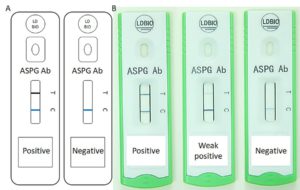

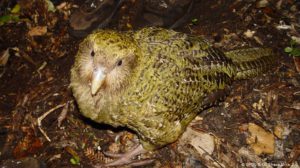
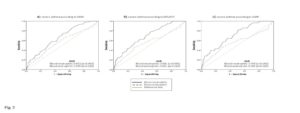
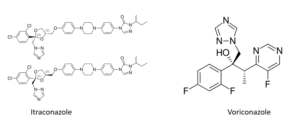
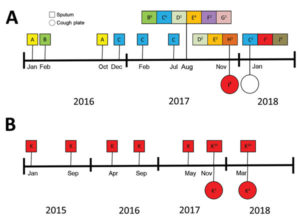
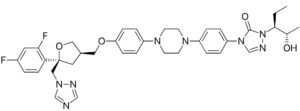
![Gulu referral hospital[2] Gulu referral hospital[2]](https://www.aspergillus.org.uk/wp-content/uploads/2019/03/Gulu-referral-hospital2_0-232x300.png)